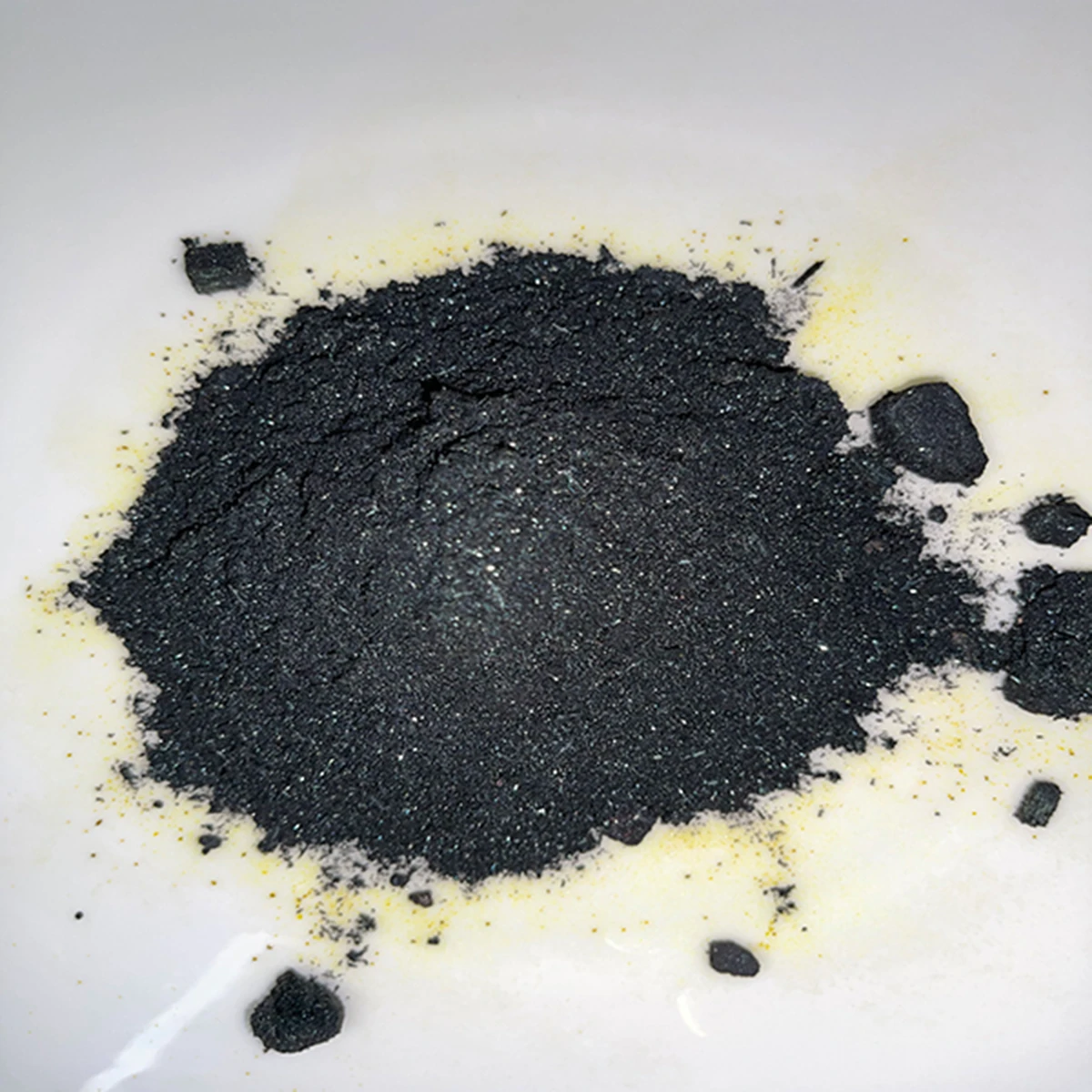



sodium chlorate acid or base
Sodium Chlorate Acid or Base?
Sodium chlorate, chemically represented as NaClO3, plays a significant role in various industrial applications and possesses distinct properties that warrant closer examination. One key area of interest is understanding whether sodium chlorate behaves as an acid or a base in chemical reactions.
Chemical Properties of Sodium Chlorate
Sodium chlorate is an inorganic compound commonly found in the form of a white crystalline solid. It is highly soluble in water, and its solutions can conduct electricity due to the presence of ions. Sodium chlorate is primarily known for its use as an herbicide, bleach, and in the production of chlorine dioxide, which is utilized in water treatment and paper manufacturing.
When assessing whether sodium chlorate is an acid or a base, it’s essential to reference the Arrhenius definition of acids and bases. According to this definition, an acid is a substance that increases the concentration of hydrogen ions (H+) in aqueous solutions, while a base increases the concentration of hydroxide ions (OH-).
Sodium Chlorate in Water
Upon dissolving sodium chlorate in water, it dissociates into sodium ions (Na+) and chlorate ions (ClO3-). Importantly, neither of these ions significantly contributes to an increase in H+ or OH- concentration in solution. Therefore, sodium chlorate does not classify as an Arrhenius acid or base based solely on its dissociation in water.
Other Definitions Bronsted-Lowry and Lewis Acids and Bases
sodium chlorate acid or base

Expanding the discussion to the Bronsted-Lowry theory, which defines acids as proton donors and bases as proton acceptors, sodium chlorate still does not fit into either category. It does not readily donate protons, nor does it accept them during chemical reactions.
From the perspective of Lewis theory, which defines acids as electron pair acceptors and bases as electron pair donors, sodium chlorate's behavior as an acid or base would depend on the specific reaction context. In many reactions, sodium chlorate acts as an oxidizing agent rather than functioning as an acid or a base. For example, in reactions involving chlorate with other materials, such as organic substrates or reducing agents, its oxidizing properties become prominent.
Environmental and Safety Implications
The classification of sodium chlorate has practical implications, especially concerning its environmental impact and safety. As a potent herbicide, it can significantly affect plant life by disrupting normal physiological processes. Sodium chlorate acts through the release of chlorate ion, which interferes with photosynthesis. Therefore, understanding its chemical nature and behavior in various situations is crucial for management and use.
Furthermore, sodium chlorate can be hazardous if not handled properly. It is a strong oxidizer and can react violently with combustible materials. Consequently, its use in agricultural or industrial applications must be carefully controlled to avoid unintended consequences.
Conclusion
In summary, sodium chlorate does not clearly fit the traditional definitions of an acid or a base under Arrhenius, Bronsted-Lowry, or Lewis theories. It primarily acts as an oxidizing agent and exhibits unique characteristics that make it valuable for various applications, particularly in agriculture and manufacturing. Understanding sodium chlorate's chemical behavior is essential not only for its effective use but also for ensuring safety and minimizing environmental impact. As industries continue to explore this compound, a nuanced grasp of its properties will ultimately lead to better applications and innovations.
-
Why Sodium Persulfate Is Everywhere NowNewsJul.07,2025
-
Why Polyacrylamide Is in High DemandNewsJul.07,2025
-
Understanding Paint Chemicals and Their ApplicationsNewsJul.07,2025
-
Smart Use Of Mining ChemicalsNewsJul.07,2025
-
Practical Uses of Potassium MonopersulfateNewsJul.07,2025
-
Agrochemicals In Real FarmingNewsJul.07,2025
-
Sodium Chlorite Hot UsesNewsJul.01,2025










